Digital sculpting has revolutionized animation, gaming, and visual effects. This style of work permits artists to generate highly detailed characters, environments, and creatures. It is responsible for the whimsical movie creatures and the engrossing video game worlds we admire. Software and tools support digital sculptors to create complicated factors and experiment with limitless variants. This versatility expands the scope of 3D art and storytelling. Digital sculpting transforms the concept of sculpture. Artists now create in a limitless virtual realm, free of materials and size boundaries. Their creative faculties take flight, resulting in characters that feel real and elicit intense emotions.
From legendary movie figures to magnificent scenery, digital sculpting has a significant impact on the world of entertainment. It may be found in the endearing heroes of our beloved cartoons and the breathtaking beasts of epic films. The recently developed art form brings these visions to life, making a permanent mark on onlookers.
The Rise of Digital Sculpting
Traditional sculpting methods, while venerated for their creative expression, frequently encountered restrictions in terms of scale, material constraints, and the capability to implement modifications. Digital sculpting software has transformed the process, allowing artists to create in a virtual space free of physical constraints. With tools like ZBrush, Mudbox, and Blender, sculptors can precisely design all facets, experiment with different models, and then render their visions to life with incredible precision and flexibility.
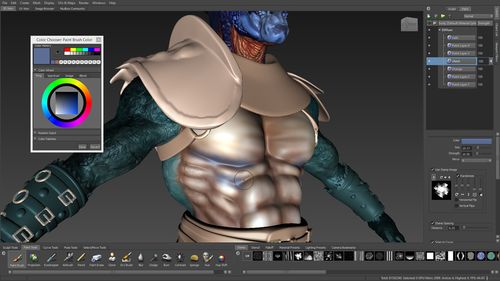
Character Design and Animation
Digital sculpting crucially helps create unique personalities in animations and games. Pixar’s “toy Story” trilogy showcases delightful, expressive characters. “Avatar” features breathtaking creatures, all brought to life by digital sculptors. These artists are vital to animating renowned individuals. Michael Defeo, known for his work on “Shrek” and “Puss in Boots,” excels in digital sculpting. His expertise ensures fictional characters deeply connect with viewers.
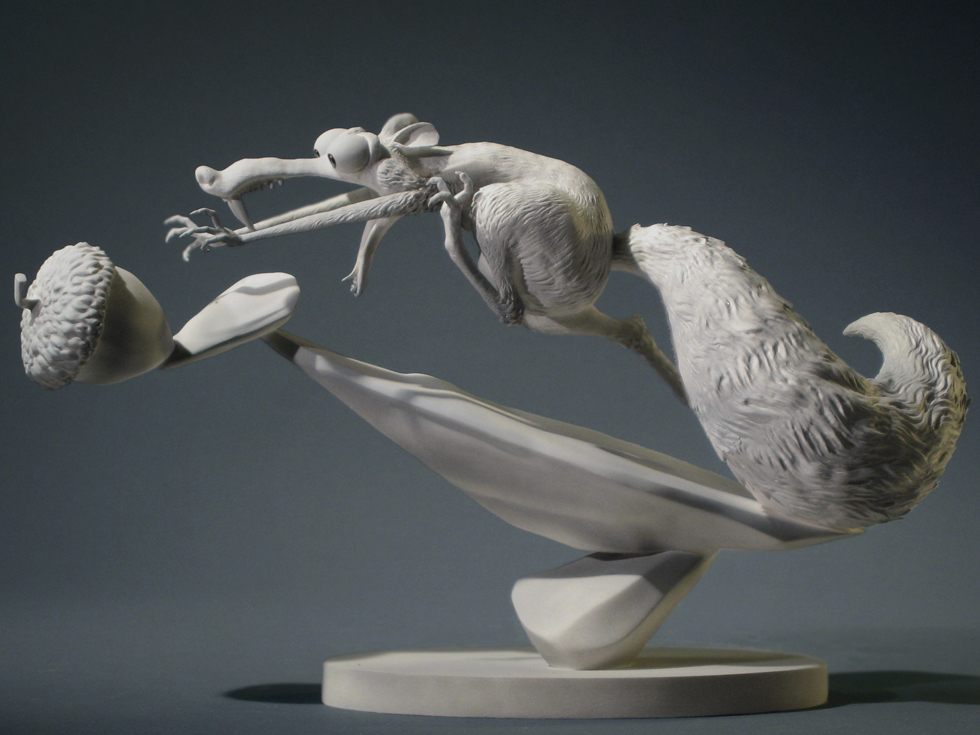
Environmental Modeling and World-Building
Beyond character design, digital sculpting has impacted the building of realistic online worlds. Game developers and visual effects artists use digital sculpting for like-life landscapes. They create architectural marvels and detailed artifacts for fantasy realms. The team behind “Horizon Zero Dawn” also used digital sculpting. They delivered the post-apocalyptic world to life beautifully. Their work included breathtaking landscapes and detailed mechanical creatures. These creatures blend seamlessly into their surroundings.
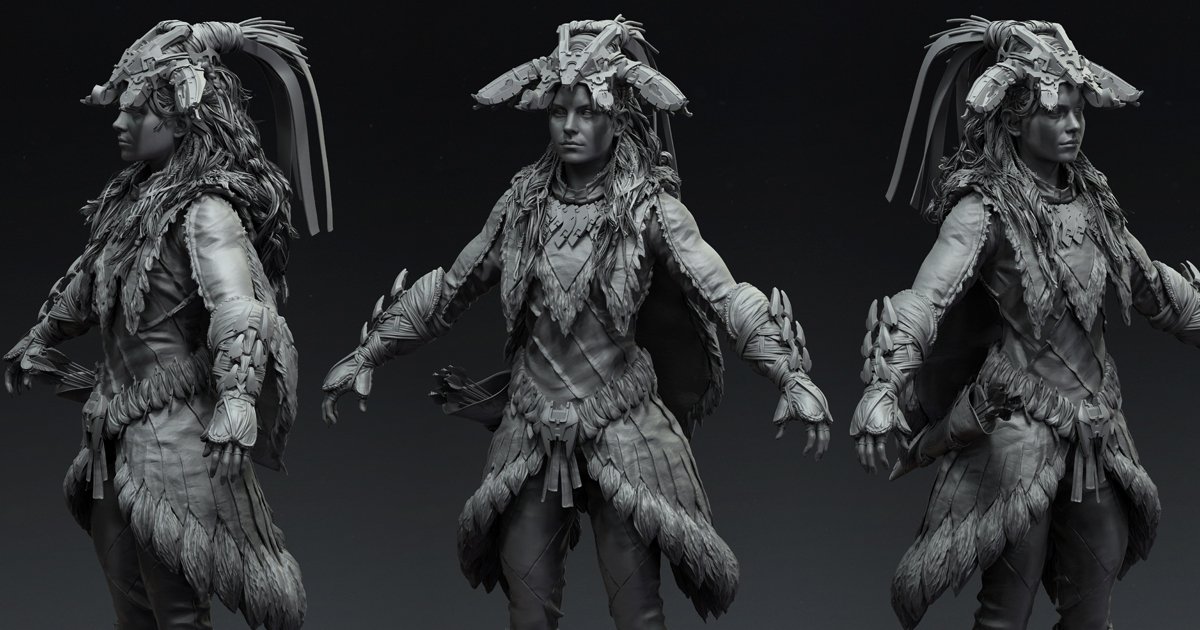
Rapid Prototyping and 3D Printing
3D printing technology has additionally proven to be a useful instrument for digital sculpting. Artists and designers may quickly experiment and refine their artwork by turning digital models into tangible items. This partnership has given rise to fresh chances for experimentation and collaboration, enabling artists to link both the physical and digital worlds. A well-known instance is Joshua Harker’s work, which embraces 3D printing to bring digitally designed characters to life, blurring the boundaries between art and technology.
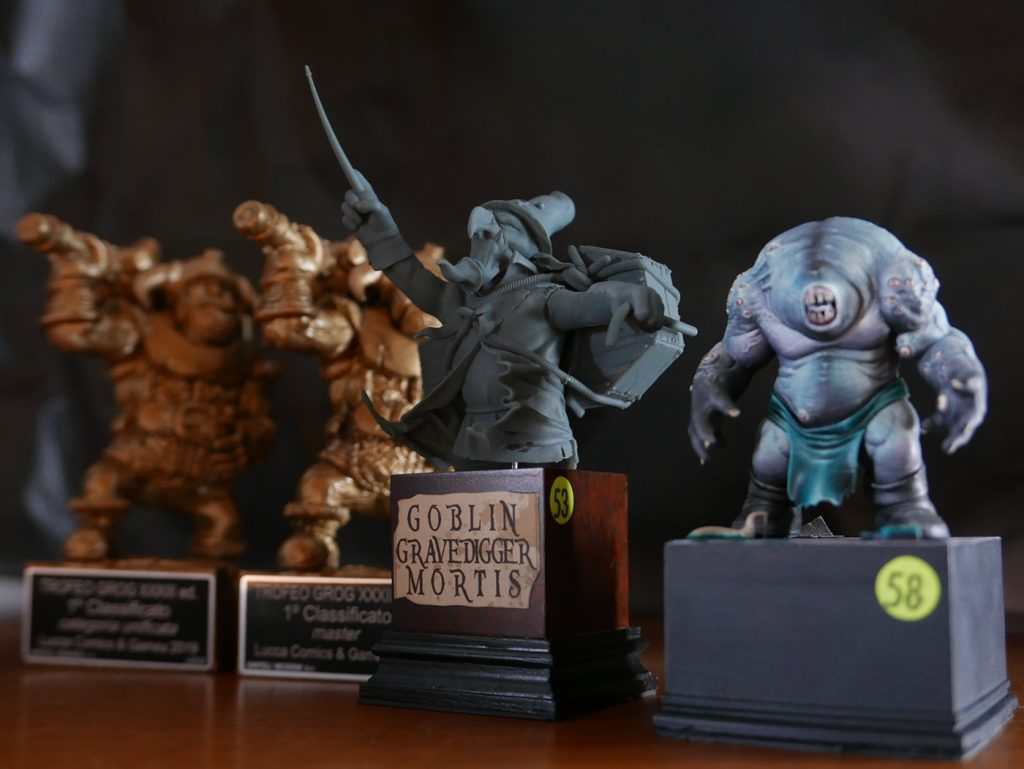
Sculpting Tools and Techniques
The field of digital sculpture is always evolving. New methods and tools emerge to expand creative limits. Virtual reality (VR) sculpture allows immersive 3D art creation. Additionally, progress in material simulation enhances realism. Dynamic sculpting mimics natural shapes like fabric flow. It also captures hair movement with astonishing realism.
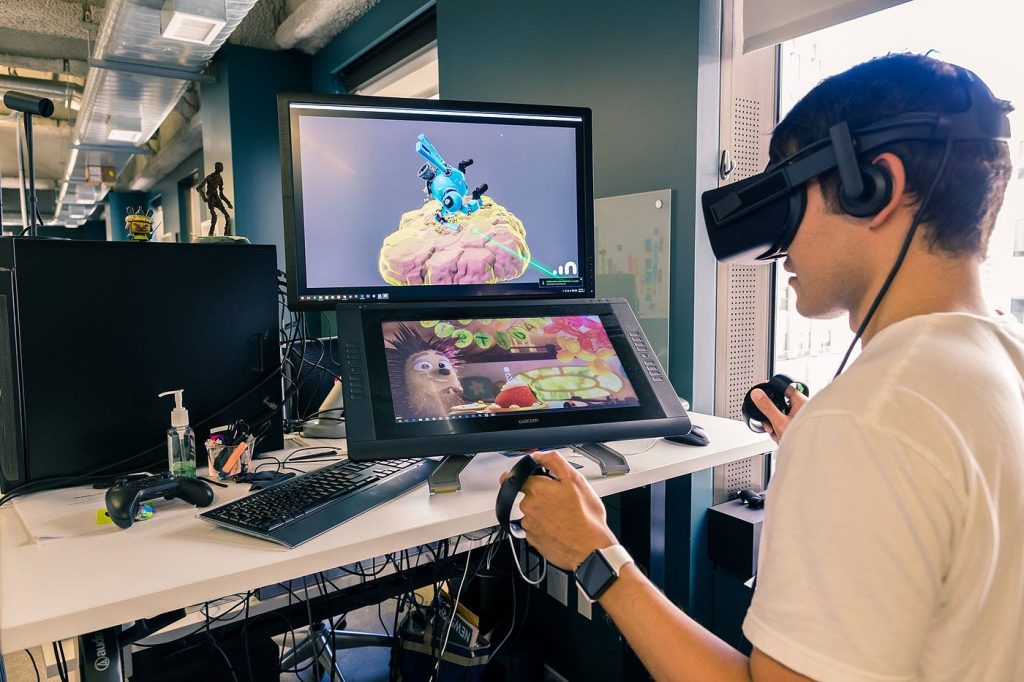
Collaboration and Workflow Integration
Artists, animators, and visual effects teams can now collaborate with greater ease with the advancement of digital sculpting. Working in a shared digital environment empowers collaborators to apply their own skills to a project, resulting in a unified and consistent artistic vision. This collaborative approach has proven essential in the creation of complicated visual effects sequences and immersive video game environments, where various disciplines work together to produce a cohesive and fascinating experience.
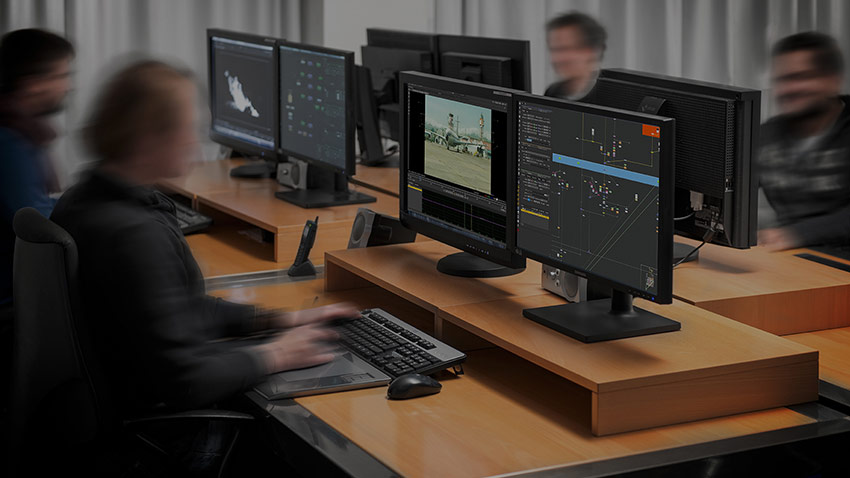
As digitization proceeds to advance artistic expression, digital sculpting will continue to play a growing role in animation, gaming, and visual effects. This cutting-edge art form is currently demonstrating its extraordinary ability to bring creative universes and personalities to life with incredible precision and authenticity. However, as technical breakthroughs continue to push the boundaries of what is achievable, the real potential of digital sculpting remains unrealized.
In the coming years, creators of art and design will undoubtedly employ recent innovations in virtual reality, artificial intelligence, and sophisticated material simulations to create increasingly realistic and lifelike digital sculptures. These advanced instruments will not possibilities for artistic exploration, permitting sculptors to test the limits of their creativity like never before.
As digital sculpture expands, it will not only fascinate viewers by immersing them in imaginative fiction environments, but it will also motivate a fresh batch of artists to adopts this dynamic medium. These digital sculptors, with their creativity and technological ability, will build the visual tales that will shape our social and cultural landscapes, establishing an everlasting mark on the art of storytelling for future generations.







